7 Days is a weekly round-up of the Editors' picks of what's been happening in the world of technology - written with a dash of humor, a hint of exasperation, and an endless supply of (Irish) coffee.

What a week it’s been. From shocking insights and intriguing revelations, to official announcements and spicy rumors, the news has been coming in thick and fast – but fear not, for 7 Days is here once more to guide you through some of the week’s top stories from across the tech world.

Sadly, we begin for the second consecutive week on a tragic note, as Josh Greenberg, co-founder of defunct music streaming service Grooveshark, was found dead at the age of just 28. Grooveshark was forced to shut down earlier this year, to avoid paying up to $736 million in damages to music labels for failing to properly license their songs.
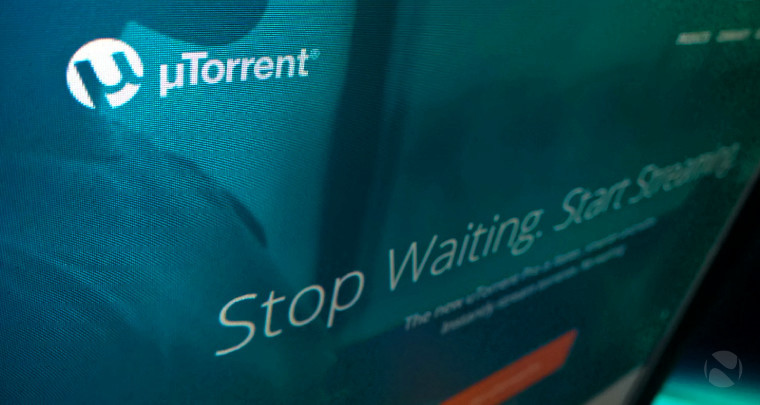
Popular BitTorrent client uTorrent is being flagged as ‘harmful’ by anti-virus vendors, apparently due to some of the software that the company bundles with its torrent app. There’s no indication that uTorrent itself contains malicious code, but that’s not stopping Google from also blocking downloads of the software via its Chrome browser.

An image was leaked this week, claiming to show the front panel of one of Apple’s new iPhones. Unfortunately, since this will be an iPhone ‘S’ release (like the 3GS, 4S, and 5s), the new models are unlikely to feature many big hardware changes over the current generation.

Let’s face it, though: the new iPhones will undoubtedly sell in vast numbers. The company reported its latest quarterly financial results this week, bringing in just under $50 billion in revenue, and racking up almost $11 billion of profits, thanks in no small part to massive iPhone sales.

Meanwhile, Toshiba has found itself embroiled in a major financial scandal, after it emerged that the company had overstated its profits by around $1.2 billion in recent years. This week, its CEO, Hisao Tanaka, resigned along with two other senior executives.

Microsoft reported its financial results this week for Q4 of its fiscal year, and the headline figure was undeniably devastating: a $2.1 billion loss on revenue of $22.2 billion. But the news was also expected, after Microsoft recently announced a $7.6 billion write-down associated with its phone business.
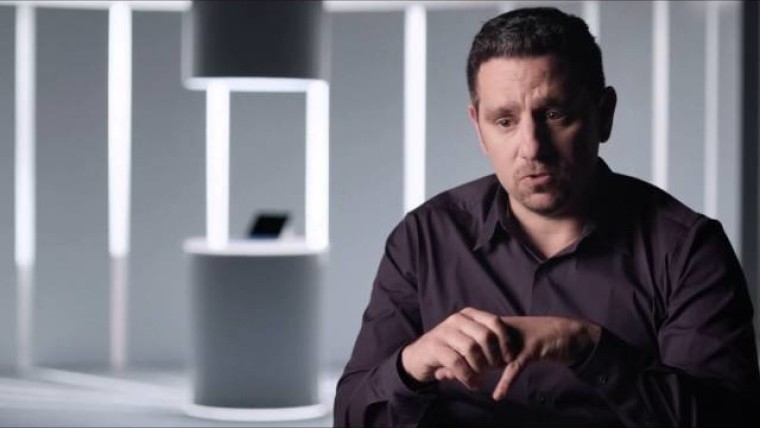
As part of its ongoing reorganization, Microsoft announced this week that Panos Panay – one of the key figures behind the creation and development of its Surface devices – will now take charge of engineering efforts for all of Microsoft’s ‘premium’ hardware, including Surface Hub, Lumia, Xbox, Band, HoloLens and, of course, the Surface tablet line-up.
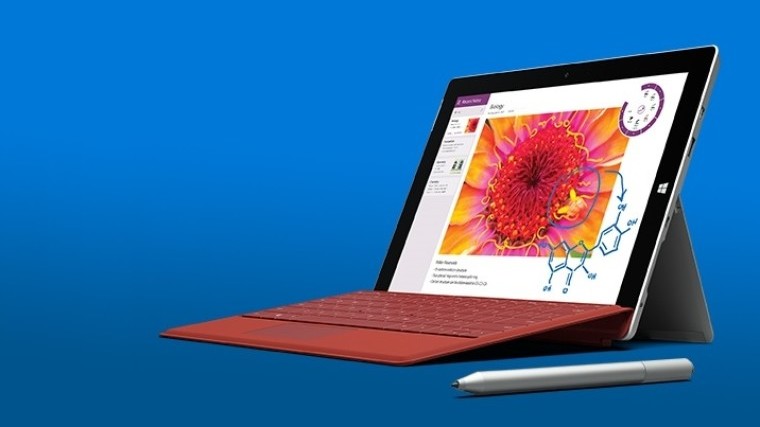
Microsoft made a new addition to the range this week, with the launch of its long-awaited Surface 3 with integrated 4G LTE connectivity. The new device is available in the US, priced from $599 off-contract, but you can also get it from $399 on an AT&T Next plan.

On Thursday, Microsoft also released firmware updates for the Surface 3, as well as for its bigger brother, the Pro 3, and the older Surface Pro 2. The new firmware included tweaks and new drivers for Windows 10, but some owners of the company’s newest tablets had problems installing it. On Friday, another update was pushed out, resolving these installation issues.
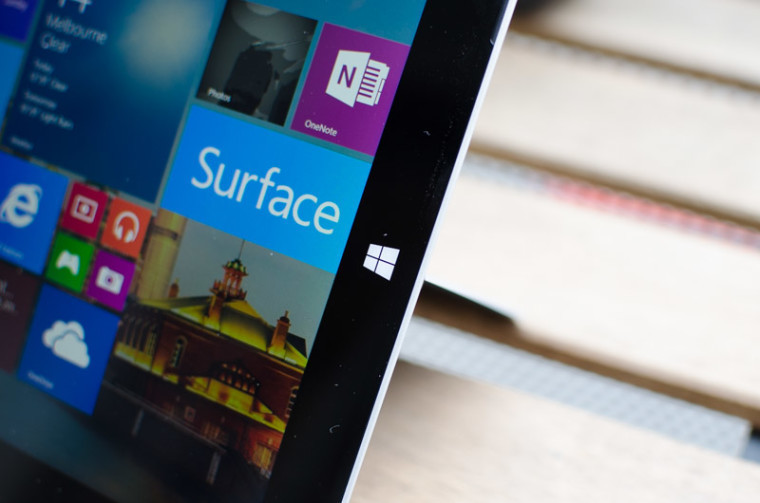
In the UK, you can currently get 10% off the Surface 3 and Surface Pro 3 – and with special retailer bundles, there are even greater opportunities to save. Meanwhile, over in the US, the Microsoft Store is now offering $150 off many Surface Pro 3 models.
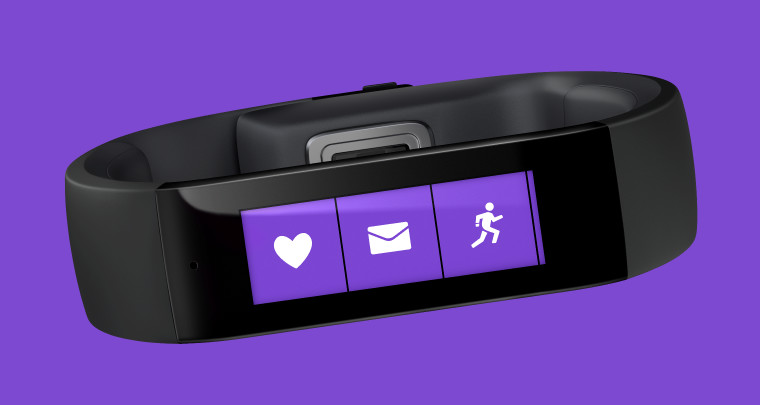
There are deals available on either side of the Atlantic on the Microsoft Band too. In the US, you can now get 25% off, bringing the price down to $150. Over in the UK, O2 will give you £70 off the Band when you buy one of its Lumia Windows Phones.
By the way, after Microsoft confirmed last week that it’s “working on” a new version of the Band, it emerged this week that the company has halted production of the current model.

HP is offering some big discounts on various devices in its range, as it clears out inventory of some of its older models to make way for the new devices it will launch with Windows 10. HP has said previously that it will begin shipping Windows 10 devices on July 28, the day before the OS officially launches.

Acer is doing things a bit differently. The manufacturer is opening pre-orders for Windows 10 devices when the OS launches on July 29, but won’t actually begin shipping PCs to customers until August.

Curiously, Acer decided to launch a new ultra-affordable PC with Windows 8.1 this week, rather than waiting to roll it out with Windows 10 pre-installed. The Acer One 10 costs just under $200, and offers a hybrid form factor, with a tablet that attaches to a keyboard to create a mini-notebook.
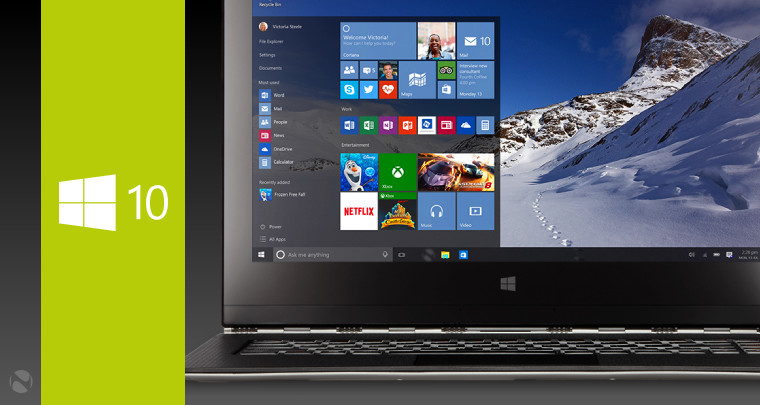
Still, there will be no shortage of Windows 10 devices to choose from in the months ahead. Microsoft said this week that over two thousand distinct devices are already being tested with the new OS onboard.

Microsoft and Intel confirmed this week that they’re working together to fix a bug that affects battery performance on portable devices running Windows 10. Neither company has said when the fix will be delivered for the bug, which Intel said can reduce battery life by up to 10%.

Microsoft rolled out an emergency patch for all supported Windows versions this week, to fix a vulnerability that could be exploited to execute code remotely on a user’s PC.
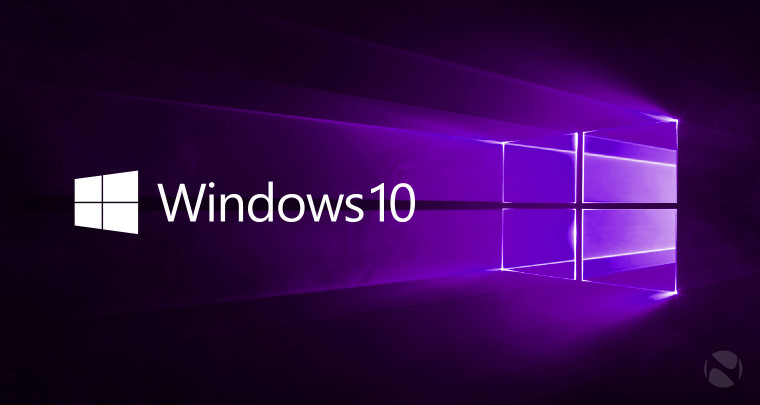
MS has also been pretty busy putting the finishing touches to Windows 10 ahead of its launch in a few days’ time. Since releasing build 10240 – which, for all intents and purposes, is the ‘RTM build’ – last week, Microsoft has followed that up with the rollout of several more updates. The release notes for build 10240 have also emerged, albeit via unofficial means.

Windows 10 has come a long way, but it will still be rolling out without several key features. One such feature is the new unified messaging experience, which includes deep Skype integration.
This week, Microsoft showed the latest brief glimpse of its new messaging UX in Windows 10. The company also confirmed that the new Messaging, Phone and Video apps, with Skype integration, will roll out later this summer.
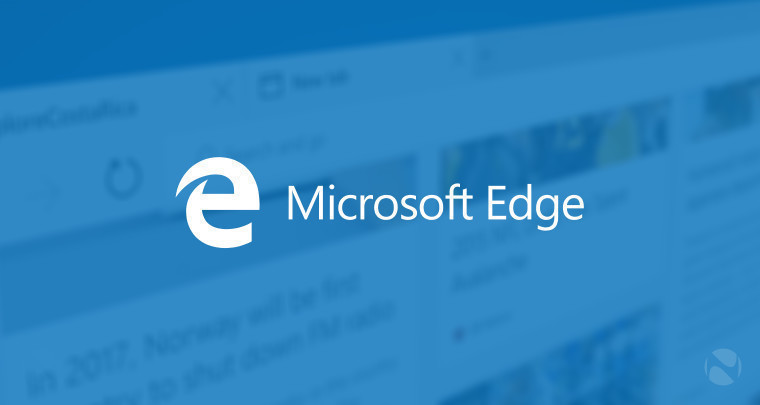
Another feature missing in Windows 10 is extensions support in the new Edge browser. This week, anti-virus vendor Norton lashed out at the new browser for that very reason, recommending that users stick to an alternative browser instead. Support for extensions is expected to arrive with the next major update to the OS this fall.

That update is known as Threshold Wave 2 (‘Threshold’ was the project codename for Windows 10 development), and it’s expected to arrive in October. As we revealed this week, it’s unlikely to bring much in the way of new features, but it will deliver some significant improvements to the OS.

But of Windows RT? Microsoft has only said that a new update – but not Windows 10 – will arrive for RT devices in September. However, it emerged this week that the update will bring a new Windows 10-style Start menu… but not much else in terms of new features.
That sounds an awful lot like the Windows Phone 7.8 update offered for handsets that couldn’t upgrade to Windows Phone 8 (i.e. all of them) – Microsoft added the new-style Start screen, but there was little else to get excited about.
It also seems likely that, as with WP7.8, this will be the last update for Windows RT devices. Not exactly going out on a high there.

Microsoft’s digital ‘personal assistant’ Cortana is set to get a few more stamps in her passport soon, as the firm announced availability in several new markets in the coming months, including Australia, Canada, Brazil and Mexico, among others.

Microsoft began actively marketing Windows 10 this week, with a ’10 reasons to upgrade’ countdown leading up to launch day. The company also rolled out its first ads for the new OS, focusing on the (adorable) new generation of users.
![]()
The Universal Windows Store will officially open its doors on Windows 10 launch day, and Microsoft has now detailed some of the changes that that will bring for developers. The new store will certainly be a work in progress – even some basic features, like displaying app version, device compatibility and date of last update, won’t be available at launch.
Microsoft has also reduced the number of devices on which apps can be installed. The company increased this to 81 devices in 2013, but apps will now be limited to installation on just ten Windows 10 devices.
![]()
By the way, developers can finally get their hands on Visual Studio 2015, which officially launched this week, along with the arrival of .NET 4.6. Microsoft also revealed that its Visual Studio Code editor for Windows, Mac and Linux has now been downloaded over half a million times.

Another big name has pulled its app from Windows Phone, albeit only in the US. Windows Phone’s tiny market share there means that it’s no longer cost-effective for popular flight search app Skyscanner to continue supporting its app in the States.

Rovio also confirmed that “Angry Birds 2 will not be released for Windows Phones”, although that could change in the future.

With the current state of the Windows Store, we asked our readers this week which apps they’re still waiting for on Windows phones and PCs – check out the discussion and have your say in the Pursuit of ‘Appyness!

It will still be many months until Windows 10 arrives for smartphones. This week, the latest Insider Preview of the mobile OS, build 10166, rolled out to Insiders on the Slow ring.
Microsoft also published the minimum spec requirements for Windows 10 Mobile – and it’s fair to say that the most basic handset configurations will certainly be bare-bones devices.

Microsoft CEO Satya Nadella acknowledged this week that the company ‘doesn’t have good devices’ in the flagship segment of the market at the moment, but reiterated its commitment to launching new ones later this year.
Earlier this week, more details emerged on the two new Windows 10 Mobile flagships, which are expected to be called the Lumia 950 and 950 XL (and may come in cyan – hooray!).

However, info was also revealed about three other devices – the Lumia 550, 750 and 850 – which have reportedly all been cancelled, following the recent cuts to Microsoft’s phone business.
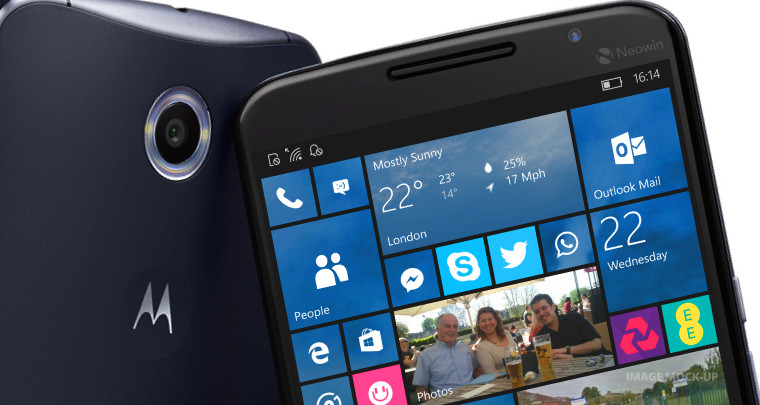
A Lenovo executive this week highlighted the diminishing appeal of Windows phones – both for manufacturers and users – given that Microsoft now makes its software available across multiple platforms.

It’s impossible to deny that Windows Phones simply aren't appealing to buyers – in fact, 97% of the global market has decided not to buy one. But why? That’s a question we put to our readers this week – join in the discussion, and let us know your reasons for not buying one!

Microsoft confirmed this week that Minecraft players can look forward to Xbox achievements in the new Windows 10 Edition of the game, which will be released as a beta on July 29.

However, Microsoft still has a lot of unhappy Xbox 360 gamers to deal with, and it now appears inevitable that the company will have to face a class action lawsuit from owners who claim it shipped the console with a known design flaw that caused irreparable damage to game discs.

MS delivered its first preview of Exchange Server 2016 this week, declaring that it’s “special because it was born in the cloud”. Try to get past the tortured marketing-speak if you can, because the new release offers some big improvements over the last one.

The company also revealed big improvements to its ‘pen remoting’ feature in Windows 10 and Windows Server 2016 this week.

And in the latest example of its cross-platform software strategy, Microsoft released ‘Send’ for iOS. The app essentially turns emailing into a simple chat experience, and it was first seen under the name of ‘Flow’ earlier this year.

Online task automation service IFTTT announced on Tuesday that users can now create recipes that integrate with Microsoft’s Office 365 channels, including support for OneDrive, Mail, Calendar and Contacts.

Google has been playing nicely with Microsoft too, releasing a new plug-in for Google Drive that allows you to save and sync Office files to its cloud storage service.
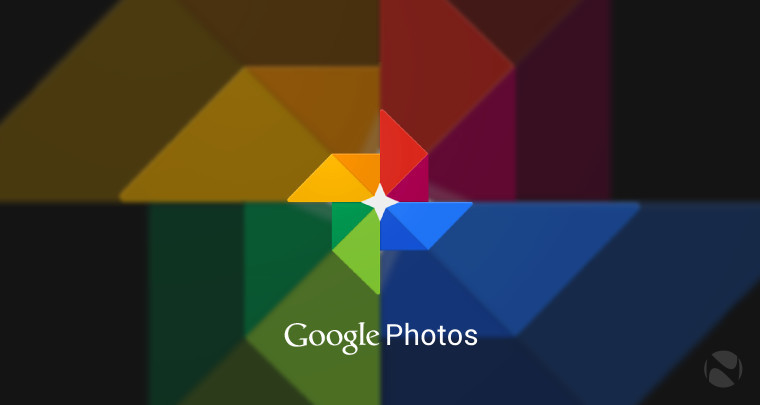
Google+ Photos will be shutting down from August 1, starting on Android. The company is encouraging users to switch to the newer Google Photos app, which it launched in May.
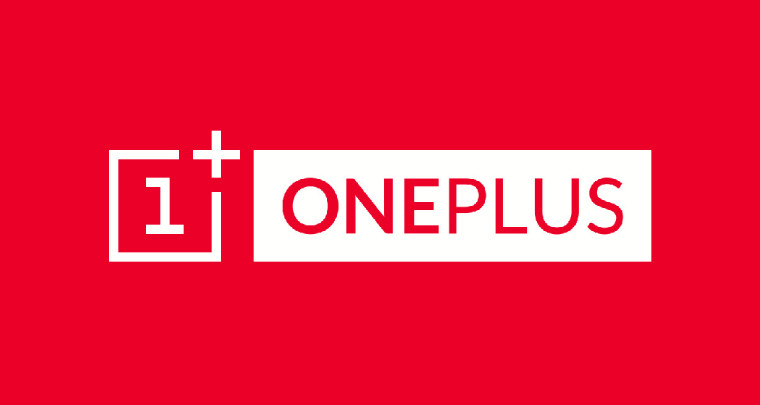
OnePlus has been tediously dragging out the announcement of its new flagship-class handset, but this week, the device was outed as it passed through the hands of Chinese regulators. Images showed the OnePlus 2 from both front and rear, including its fingerprint scanner.

Meanwhile, LG has confirmed plans to release a new “super premium phone” above its recently-launched G4 flagship. The new device will go on sale before the end of the year.

Sony is developing new “concept Android software with a fresh take on the Sony user experience”. Based on Android 5.1, it seems the new UX will be stripped back to the basics, and will soon be testing with a limited group of Xperia Z3 owners.

Sony began the rollout of its standard, non-concept Android 5.1 Lollipop build this week, starting with its Xperia Z3 and Z2 Series devices.

But Sony is also developing a blockbuster movie that’s somehow based on emoji. If it’s anywhere near as bad as Pixels looks, we’re all in for a real treat there.

But we end this week with Universal Studios, which filed a recent DMCA notice with Google, requesting that it block several web addresses, after uncovering evidence that they had been involved in sharing copies of blockbuster movie Jurassic World. Unfortunately, the IP addresses included 127.0.0.1 – so it appears that Universal was seeding a pirated copy of its own movie, before it then attempted to take anti-piracy action against itself without realizing it.
Good grief.

Before we wrap things up, don’t forget to check out the latest episode of The Redmond Report, our regular podcast that makes sense of the week’s Microsoft news and developments.
- - -
As ever, there’s plenty more to read across the site – including loads of interesting discussions over on our forums. From all of us on the Neowin team, have a great weekend!

















4 Comments - Add comment